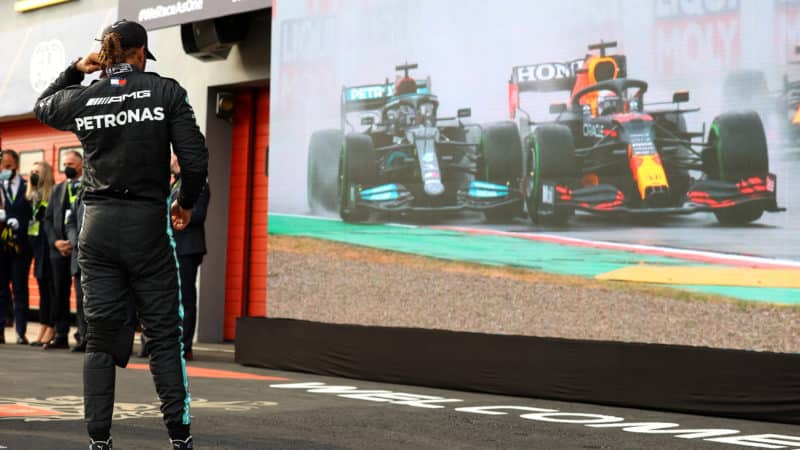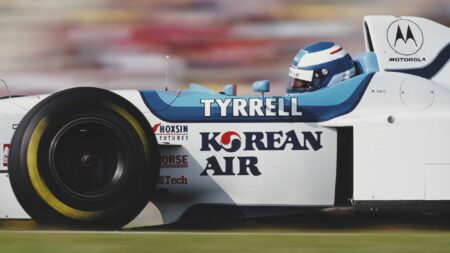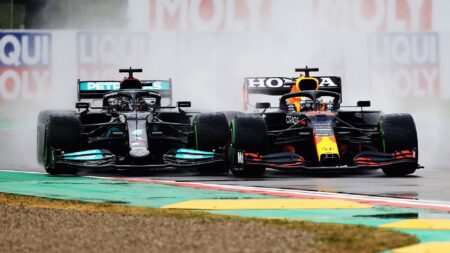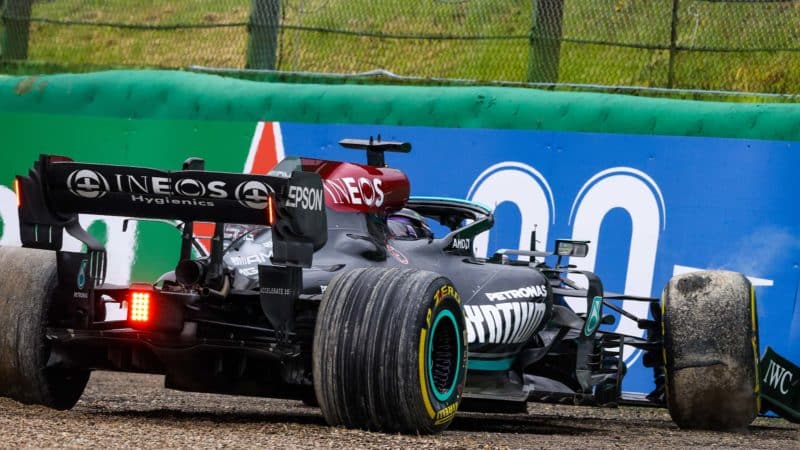Valtteri Bottas was fastest in both Friday practice sessions but his times were typically coming on the second or even third lap of his runs. He was quick in Q1 too, but it took three laps to set the time, such was the reluctance of the tyre to come up to temperature. It was a luxury that couldn’t be afforded in the shorter Q3 session if he wanted to use two sets of fresh tyres. On neither of his Q3 laps were either the fronts or rears hot enough at the beginning of the lap and he had problems at the Tamburello chicane (Turns One-Two) on both occasions. That time from his three-lap run in Q1 remained the fastest he would set and would have qualified him on the second row if he’d done it in Q3.
Bottas, with a less aggressive driving style, is always more prone to being tripped up by any under-temperature tendency than Hamilton. Recall last year at Istanbul when he was lapped by the victorious Hamilton, yet set the second-fastest lap of the race once his tyres came up to temperature. It was a very similar story at Imola.
The Red Bull had no problem in this regard at either Bahrain or Imola for reasons which might be connected to its very different aerodynamic philosophy. The set-up window of the Mercedes with the regulation aero changes of this season has been narrowed considerably.
Race pattern
The way the differing tyre traits of the two cars played out in the wet first part of the race saw Verstappen quickly building up a big lead, with Hamilton struggling to get adequate temperature into his intermediate tyres. It was not quite as acute a problem as in Istanbul last year but the pattern was remarkably similar.
It took until lap 11 before Hamilton was able to match Verstappen’s times, by which time the Red Bull had a 5sec lead. For the next 10 laps or so Hamilton was able to maintain that gap but couldn’t close it. But as the track began to dry out, Verstappen was in a tricky situation. It was still too wet for slicks but his inters were becoming worn out. Hamilton, because he’d not been able to put the same loads through the tyres when they were running cool, had more tyre left and began to catch the Red Bull. By the 26th lap he had the gap down to 2sec and was lapping up to 1sec quicker.
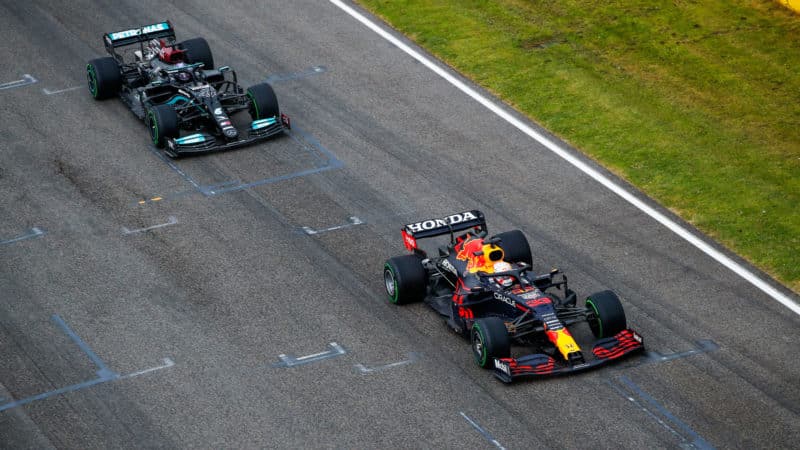
Verstappen had an early advantage with the intermediates, but Hamilton closed the gap
Florent Gooden / DPPI
The track dried enough for slicks just about in time to rescue Verstappen. He was brought in on lap 27. Hamilton now let rip on his in-lap, trying to overcut his way ahead. Giving some indication of how much more tyre he had, that in-lap was 1.3sec faster than Verstappen’s whose lead was very much in the balance at this moment. But it was going to be close. For Hamilton to take the lead was going to require a super-quick Mercedes pitstop.
Pitstop
Here’s where it all went wrong for Hamilton. The stop took twice as long as Red Bull’s – because of a delay detaching both front wheels. At the time of writing a definitive cause hadn’t been established but it was suspected that the wheels were sticky in coming off because of the extra heat in them created by the wet weather setting used for the carbon shrouds around the brake discs. In the wet these are typically set to maximise the heat directed from the brakes and wheel rim into the tyre – because of that slow warm-up problem.
